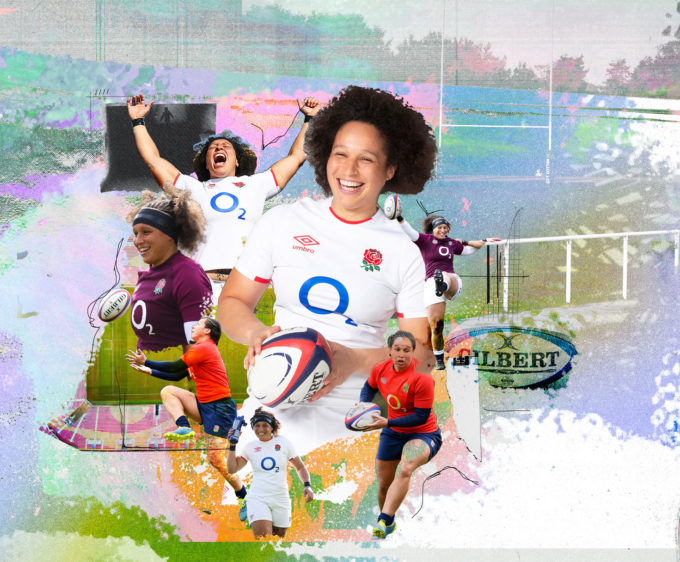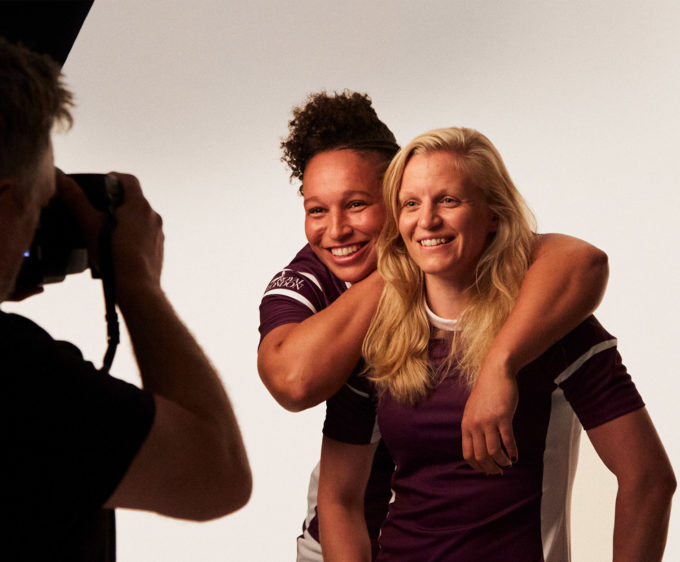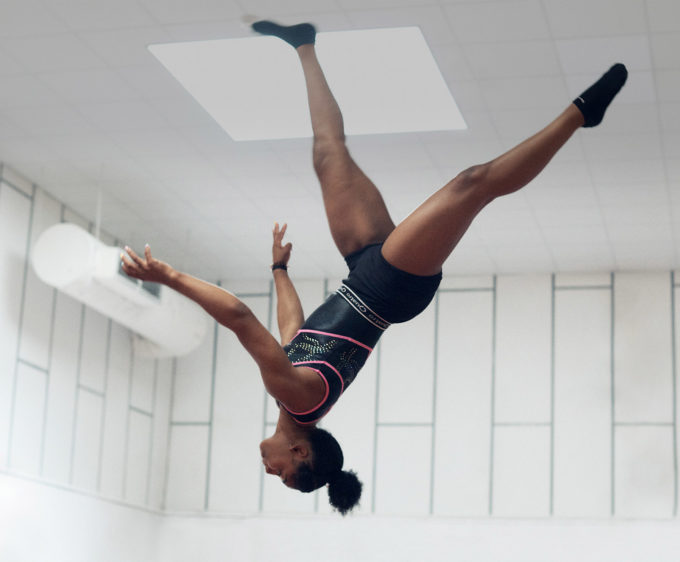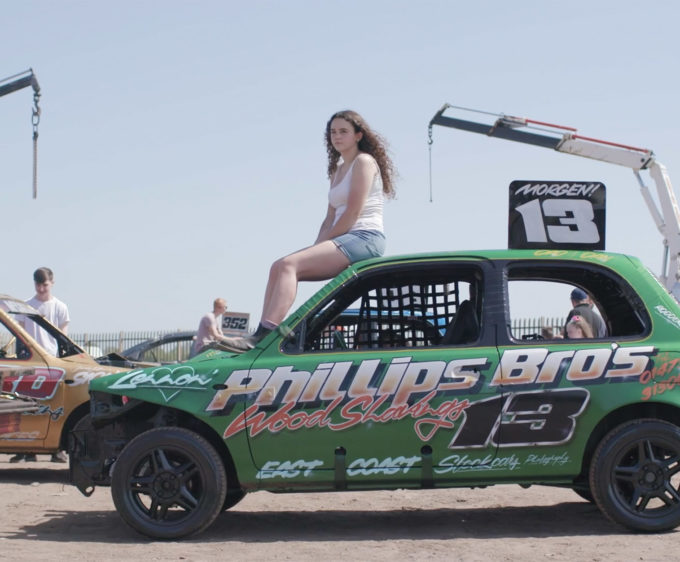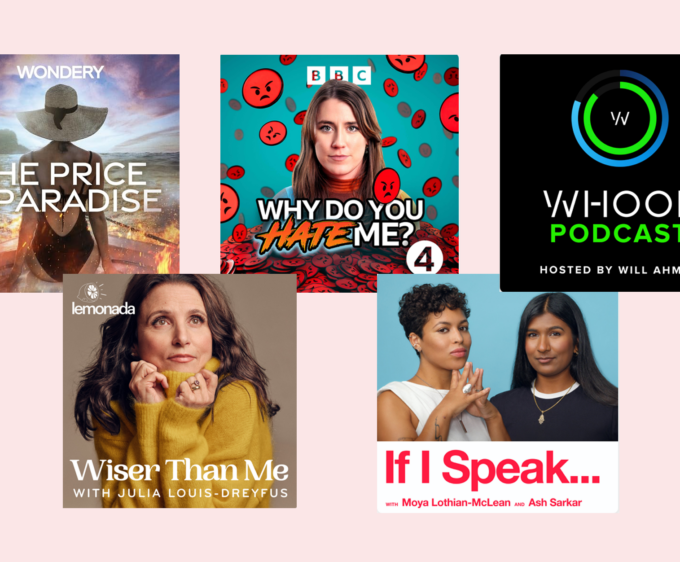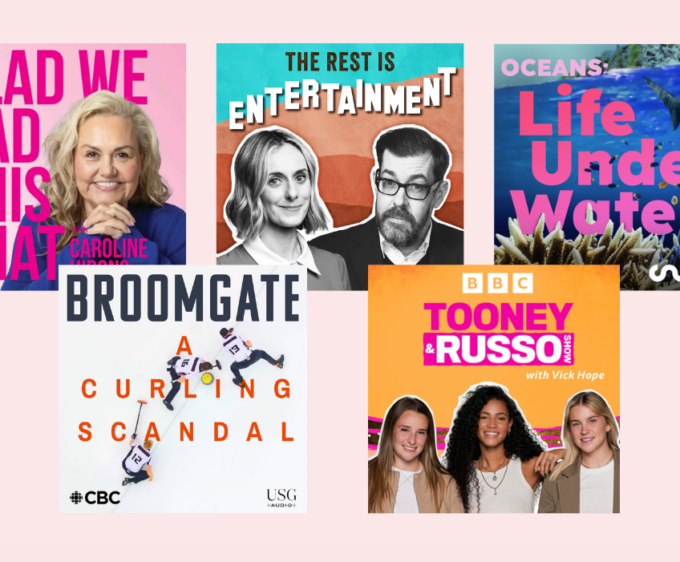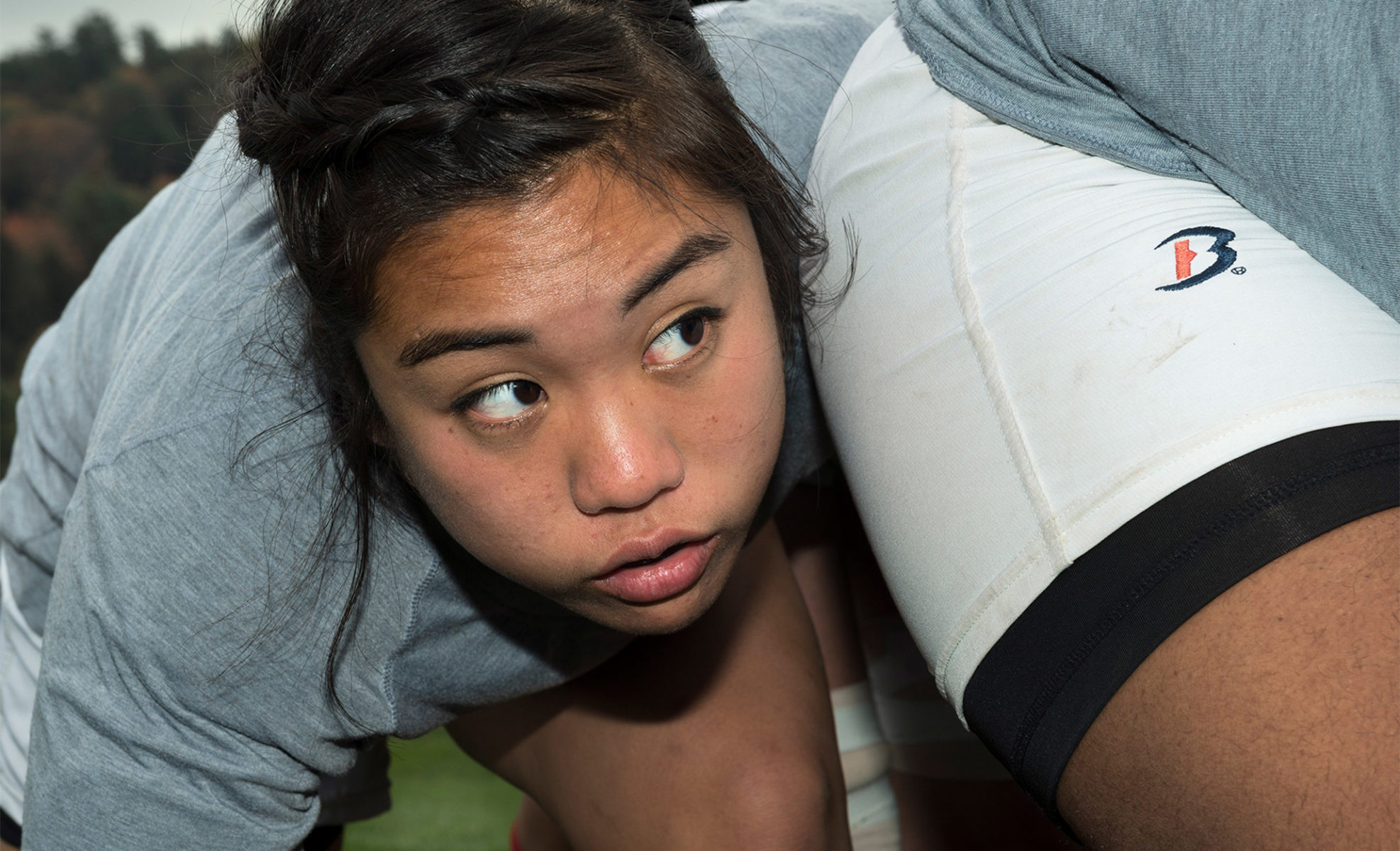
Redefining Rugby
Alejandra Carles-Tolra discusses her images of tenacious women’s rugby players who are tackling homophobia head-on
By Megan Wallace
Photography by Alejandra Carles-Tolra
Originally hailing from Barcelona, London-based photographer Alejandra Carles-Tolra’s work has travelled far and wide, with exhibitions across the US, Europe and Asia. The Jerwood Visual Arts/Photoworks Award-winner can turn her camera to anything, from the intimate homes of Puerto Rican families to the helmeted heads of motorbike riders, harnessing a background in sociology to explore “how identities are shaped and how they inform who we are.”
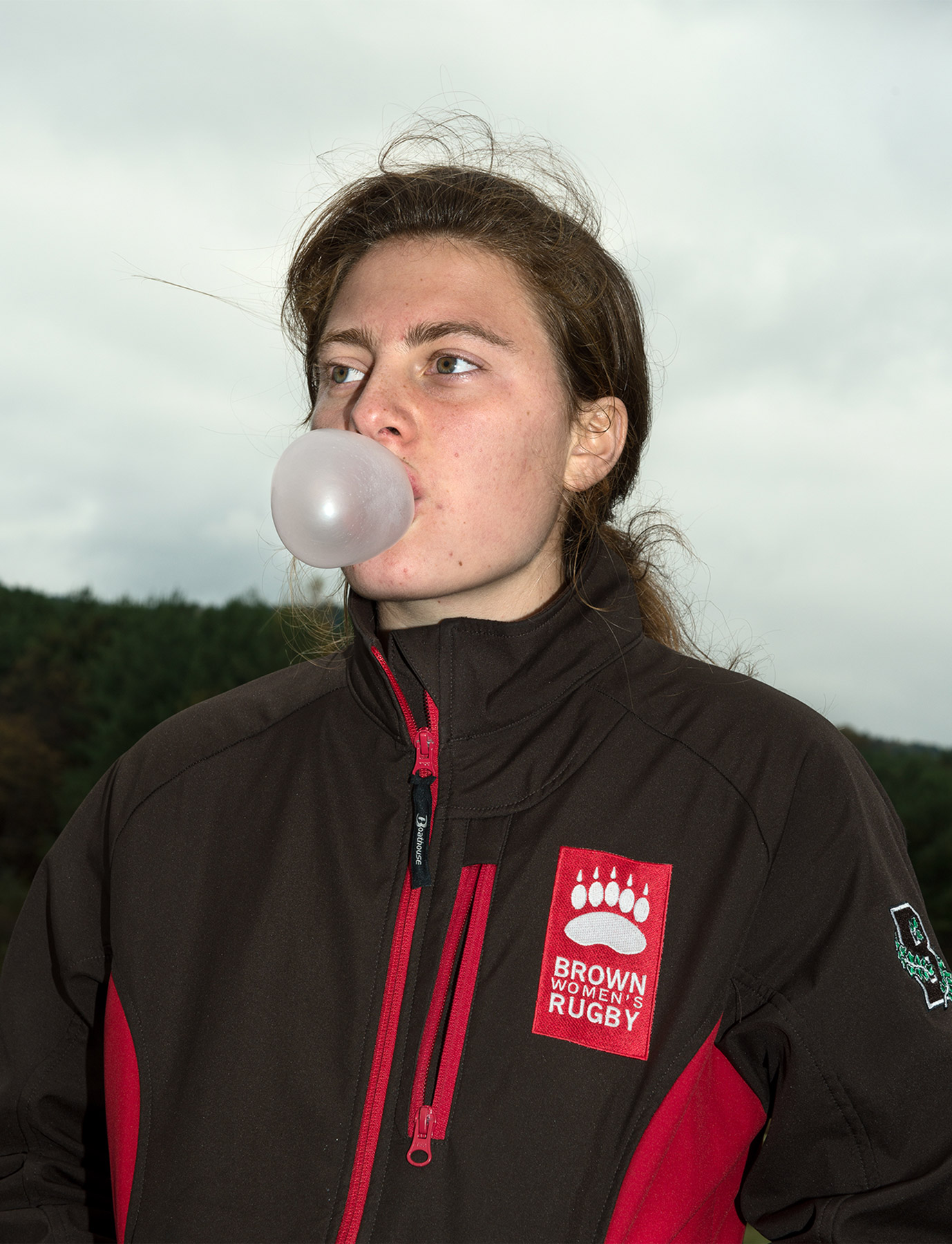
But before she was a prize-winning photographer, Alejandra was a thwarted football player. As a young girl, she was naturally gifted at and enthusiastic about the beautiful game – but barriers to participating in what was then deemed a “boy’s” sport meant that she had to ditch the pitch and embrace the basketball court. “As a kid I loved football, but in most schools in Spain, at least back then, there were no football teams for girls,” she recalls. “It was really frustrating because I actually ended up playing basketball, which was not a sport that I particularly liked, as that’s what my female friends did.”
While as a child Alejandra couldn’t challenge the repressive attitudes she encountered, as an adult she’s using her lens to fight back, by putting into images what she describes as her “frustration towards how sports are very much defined based on gender stereotypes.” Namely, her 2015 series ‘The Bears’ which documents Brown University’s women’s rugby team in all its grit and glory. Seeing these women thrive in a typically masculine sport, Alejandra zones in on every grimace as players look out, determinedly, from over their gum shields.
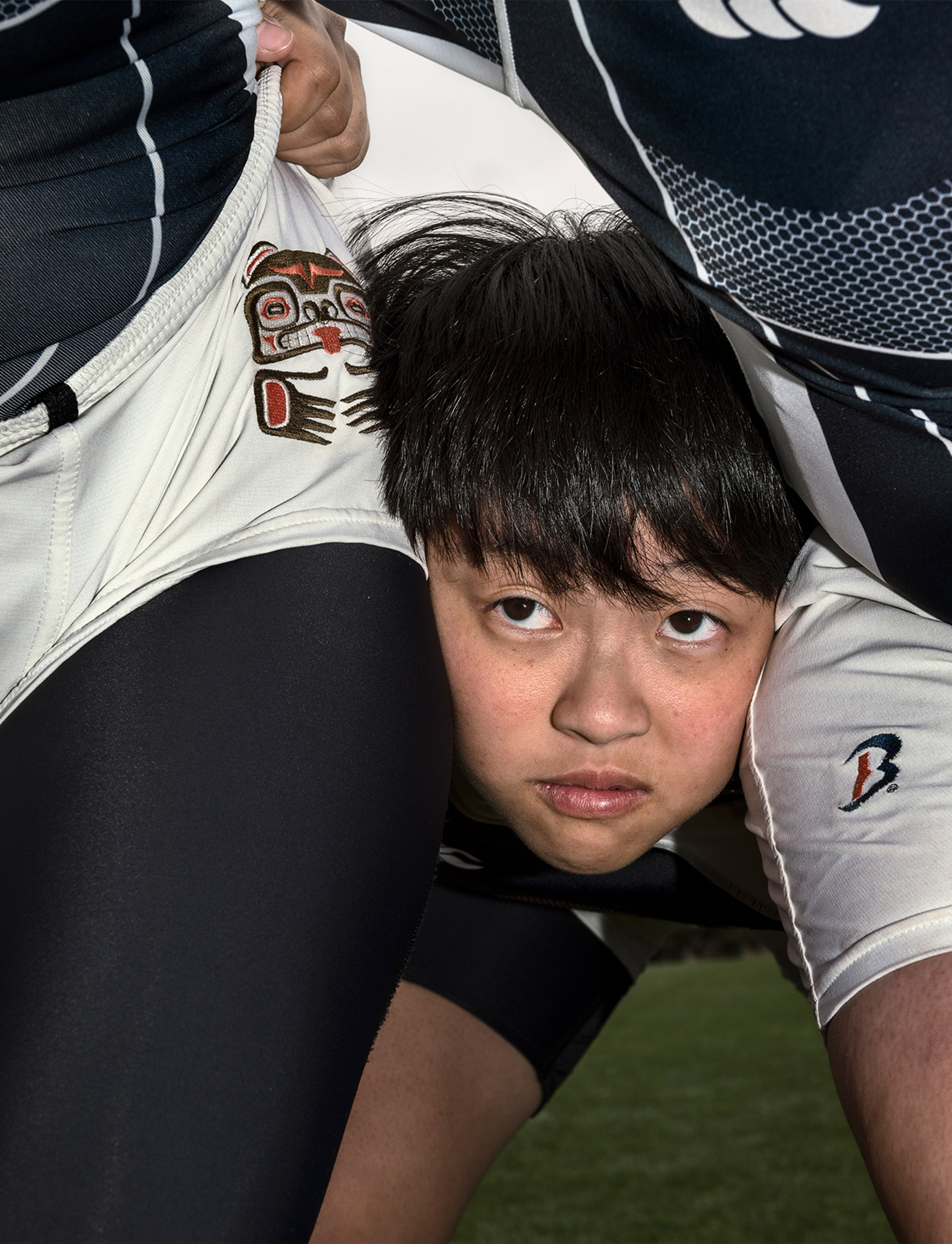
“Rugby is a sport that is seen as being so brutal and there’s so much [physical] contact; it embodies everything that is associated with masculinity,” Alejandra says, adding that, “When women play rugby, it questions all those stereotypes. I wanted to challenge the viewer to reconsider the dualities between violence and grace, and between masculinity and femininity.” We certainly see this binary-disrupting vision in the series, as Alejandra’s camera takes in bruises, sweat and scars that come from the rough-and-ready training sessions that are part and parcel of being on a rugby team.
Ultimately, as Alejandra reminds me, a pretty final image was far from what she had in mind when she was working on the series. “I really wanted to portray these women as strong warriors who are working together to accomplish a communal goal,” she notes. “I used a harsh flash that is often considered unsettling, because I thought that actually brought into view their strength and also a psychological intensity.” When female athletes’ appearances are often criticised and dissected on one hand or, on the other, obsessed over to a point where it outshines their sporting performance, Alejandra’s choice here seems quietly radical. For once, we’re invited to focus on what women do on the pitch, without any distractions.
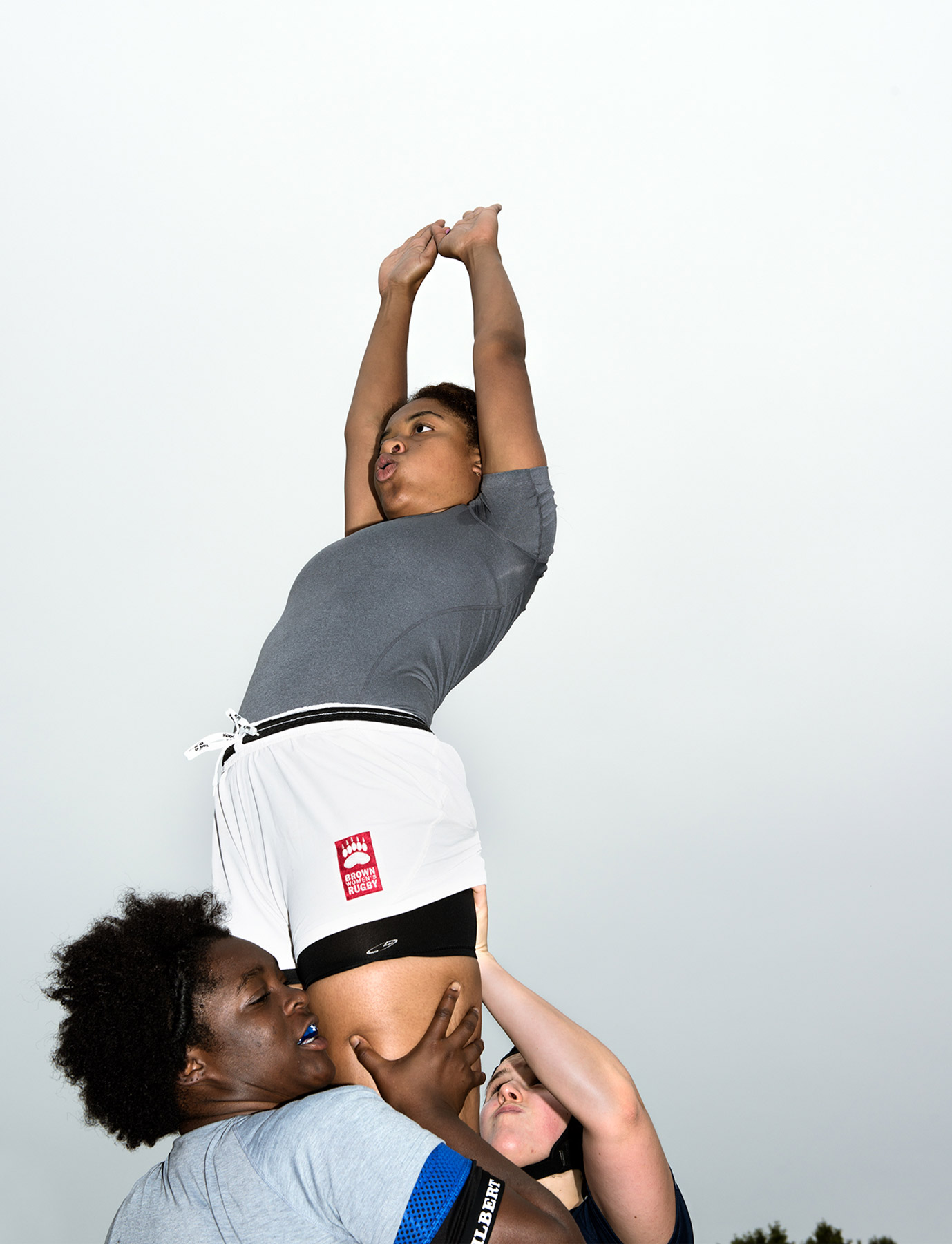
That’s not to say that the women featured in ‘The Bears’ have any particular misgivings towards the world of fashion. While their style choices are largely out of frame, obscured by their team uniform, Alejandra draws my eye to images where we can see the chipped remnants of nail polish on players’ fingers. “There are bruises and there’s also nail polish; I wanted all those things to coexist in the same space,” she notes. Indeed, the photographer is less interested in emphasising the sport’s masculinity and instead in emphasising that anyone can play it – and that it should be open to everyone.
For the women represented in the series, however, the most gratifying aspect of being captured by Alejandra’s gaze was the strength and determination that she drew out of their performance – no one professed to being distressed by the, at times, unflattering flash. “They were very proud that they looked tough, like nobody could mess with them,” Alejandra recalls. Sadly, however, the general public had a less open-minded reaction when the series was first exhibited back in 2015. “People would always come up to me and ask, ‘So were they all lesbians?’” the photographer says, before questioning, “But why does that matter? And why would it change anything?”
As Alejandra raises, when women are interested in sports such as rugby, traditionally deemed too violent for girls, they’re often confronted with invasive questions about their sexuality. Not only does this conflate gender expression and sexual preference, it fits within a tradition of stigmatising gender-non-conforming people, ridiculing queer women and restricting female gender roles.
Yet for the young women that Alejandra photographed, the sapphic associations of rugby were part of the appeal, opening the door to a world where they could feel free to explore their gender and sexuality. “Many of these women were 18, 19, 20 years old, and at an age where they’re still trying to figure out their own individual identity,” Alejandra says. “Rugby allowed them to be part of a community that they knew was going to be non-judgmental and very supportive, where they could explore and decide how masculine or feminine they wanted to be.”
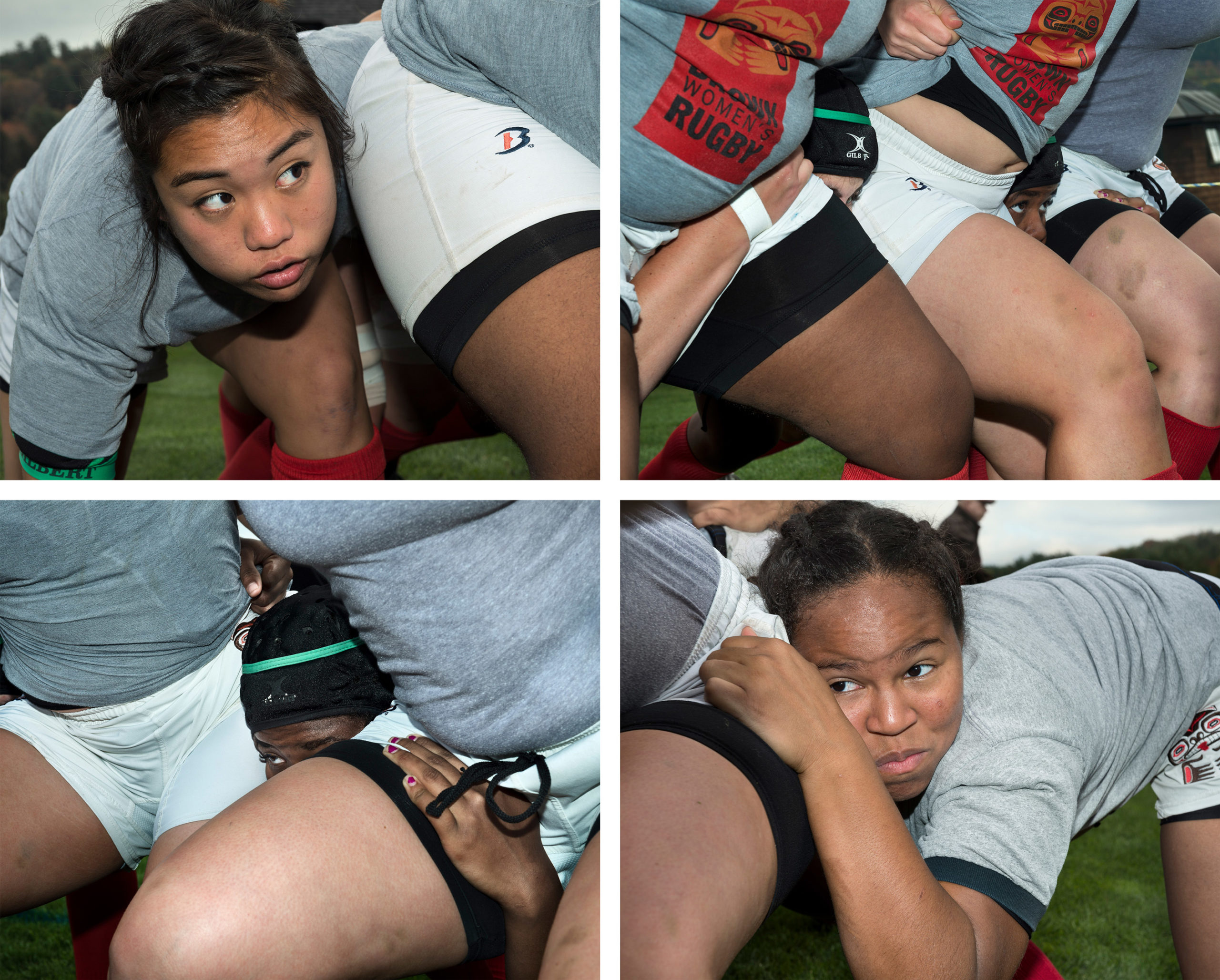
IDENTITY

This is ultimately what contributed to compelling Alejandra to turn her camera onto the players depicted in ‘The Bears’: a sense of community pulling them together, no matter the negative associations that the world projects onto them. “What surprised me most about the team was that I was really fascinated by their sense of identity and community,” she admits. “That was the main thing that drew these women together; many of them had never played rugby in high school because it’s not popular in the US. They came to the sport, not because of the game per se, but because of the identity associated with it.”
The subversive, gender-non-conforming culture of women’s rugby may make it a safe haven but it seems that this is why women’s rugby, in particular, has been so undervalued for so many years: rendered a fringe hobby rather than a serious pursuit. Shockingly, it was not until 2016 that teams could compete at Olympic level (20 years after women’s football) and it was only in 2014 when Brown University itself elevated the sport from club level to full intercollegiate varsity, becoming the tenth US university to do so.

Several years on, however, does Alejandra think that women’s rugby is more accepted? She’s hesitant to answer strongly in the affirmative, instead saying that; “I want to believe that things have changed. The Me Too movement has happened and people are more outspoken against stereotypes and homophobia.” What’s more certain is that the series has a renewed relevancy in 2021, with the Tokyo Olympics just round the corner, and with Alejandra being approached to showcase the series in outdoor exhibitions in Paris and Lecce in Italy. “‘The Bears’ might actually be more relevant than it was even seven years ago,” she notes. “Nowadays, how you express your gender doesn’t necessarily correlate to your sexuality, and I hope that will allow sports to be enjoyed by more people than they were originally.”

Editorial Design Root
